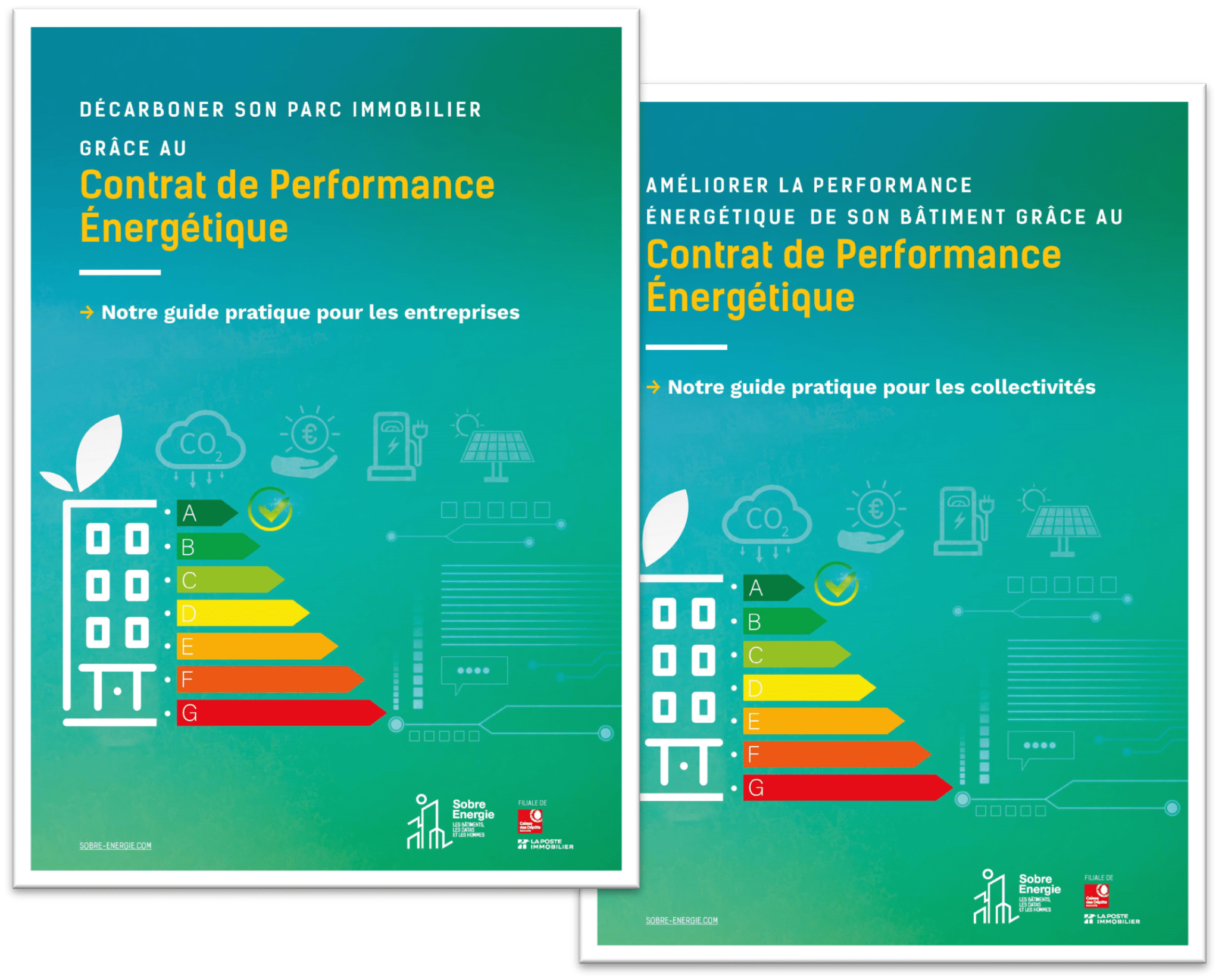1. Collect reliable and complete energy data
An imprecise collection of energy data leads to declaration errors. The study of IFPEB* on 7 buildings subject to the tertiary decree (offices, trade, logistics) revealed an average difference of -30 % between the data declared on Operat and the real consumption of buildings.
A rigorous collection of data is therefore essential.
To do this, use high -performance monitoring systems to guarantee reliable and precise statements of all of your consumption:
- Multi-flow meters data with varied statements' periodicities (up to 6 months)
- Under-slip data to refine your consumption by use or be able to dedicate those linked to electric vehicle recharge infrastructure
- Billing data for your energy suppliers
- Temperature, brightness or humidity sensors
Good practices:
- Centralize the rise in energy data on an energy management platform
- Use IoT sensors
- Ensure the consistency of the data between the different functional entities (EFA) and the physical building.
- Compare consumption with sectoral references such as the energy performance barometer of the Sustainable Real Estate Observatory.
(Source: ADEME 2023 study on energy efficiency)
2. Add a real estate approach to structure its multi-occupation declaration
The study recommends a consolidated declaration on a building scale rather than that of the individual functional entities (EFA), in particular in multi-occupation. Because, depending on this feedback, more than 50% of multi-occupation sites presented unpayment statements! These are energy difference or on declared surfaces. "The vast majority of cases come from a tenant who has not or badly informed energy consumption (common auntime, distributed consumption, etc.)"
For this, it is recommended to:
- Harmonize consumption data with overall building monitoring.
- Involve wealth managers and Energy Managers to guarantee the reliability of information, internally or via a specialized design office
- Empower the tenants to avoid partial declarations.
3. assist regular monitoring and update of declarations
The declaration process should not be perceived as a punctual task but as continuous monitoring. Because the publication this year of the first notes Éco Energie tertiary impact the green value of the buildings concerned.
Good practices:
- Set up a statement monitoring schedule.
- Organize annual meetings with stakeholders to consolidate the data.
- Compare annual consumption to detect possible anomalies.
To combat the shortness of lessee, the IFPEB working group recommends clarifying the roles on the implementing decrees: in the absence of contractual provisions governing relations on the lease (e.g. green lease), the one who declares on Operat would be the one who pays the energy bill. So rather the lease.
4. Integrate the consumption of the common areas and avoid omissions
- It is imperative to integrate these consumptions to obtain a declaration faithful to reality.
- It is necessary to mandate clearly who does what between donors and tenants to avoid omissions.
- Operat could be improved to simplify this distribution and limit erroneous declarations.
5. Optimize its regulatory strategy
Beyond the tertiary decree, your organization may also be subject to other regulations concerning tertiary buildings (Bacs decree, APER law, LOM law, etc.).
To anticipate these deadlines and optimize your compliance approach, it is necessary to take it into account. For example, installing an automatic regulation of your GTB type CVC equipment (Building Technical Management), allows you to comply with the Bacs Decree that entered into force on January 1, 2025. To the key, up to 30% energy savings.
Above all, this obligation of means is at the service of the obligation of results of the tertiary decree, which provides for an objective of reducing consumption at -40% by 2030, in relative value.
Sobre Energy can support you on a non-fertile GTB solution: easier to implement and more economical.
